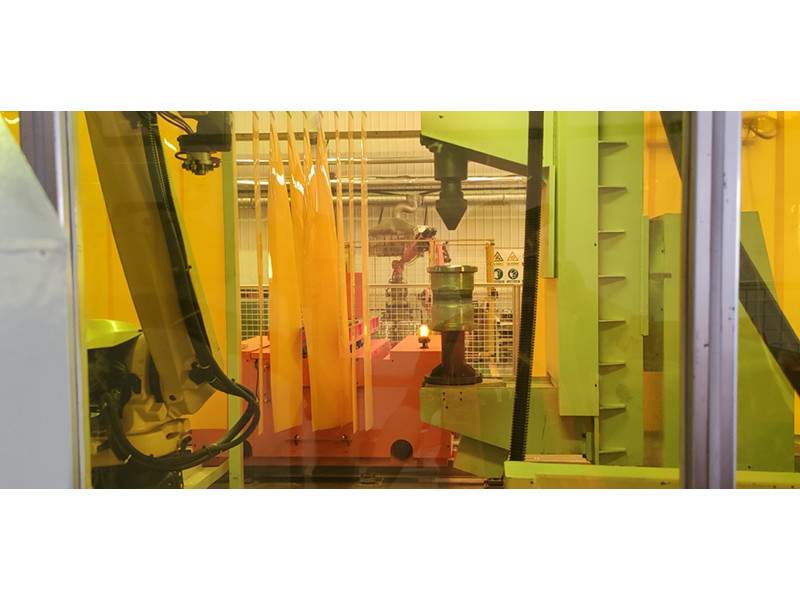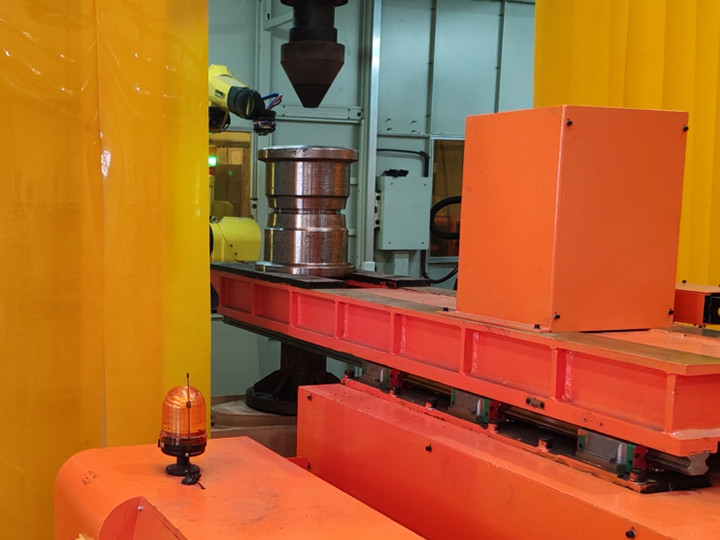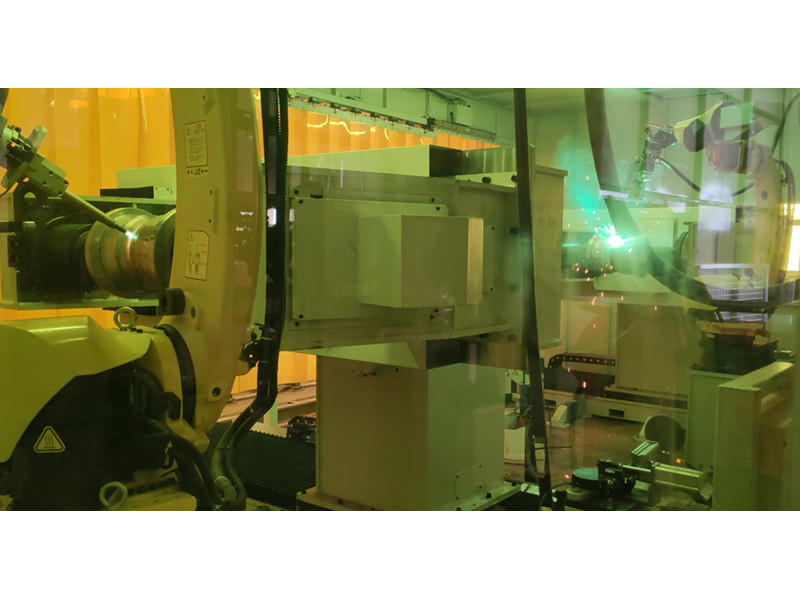In - depth Analysis of the Core Technologies of Laser Welding Robots: Comprehensive Interpretation of System Composition and Application Scenarios
As a revolutionary device in the field of industrial automation, the laser welding robot combines high - precision laser technology with intelligent robot technology, enabling it to perform complex welding tasks with micron - level accuracy. This article will conduct an in - depth analysis of its core technology composition, core advantages, and multi - field applications, demonstrating how it promotes the upgrading of the manufacturing industry.
I. Core Technology Composition
1. Laser Generation System: As the core power source, this system generates high - energy laser beams through lasers (such as fiber lasers and CO₂ lasers). Working in conjunction with a regulated power supply and a precision control circuit, it can achieve millisecond - level dynamic adjustment of parameters such as power and frequency to meet the welding requirements of different materials.
2. Robot Motion System: The multi - joint robotic arm is equipped with high - precision servo motors and reducers, and works with the guide rail system. It can achieve six - axis linkage and a repeat positioning accuracy of ±0.05mm, ensuring accurate coverage of complex welds in three - dimensional space.
3. Optical Focusing System: Through the collimating mirror and focusing lens group, the original beam with a diameter of about 20mm is focused into a light spot of less than 0.1mm, with an energy density up to 10⁶W/cm², enabling the material to melt instantaneously to form high - quality welds.
4. Intelligent Control System: It integrates motion trajectory planning, a welding parameter database, and AI algorithms, supporting offline programming and real - time deviation correction. Advanced systems also have functions such as weld tracking, molten pool monitoring, and fault self - diagnosis, and can automatically trigger a protection mechanism under abnormal working conditions.
5. Auxiliary Function Unit: It includes gas path protection (argon/nitrogen), water - cooling units, smoke purification devices, etc., ensuring the stability of the welding process and compliance with environmental protection standards.
II. Analysis of Core Advantages
1. Ultra - precise Machining: With an extremely narrow weld width and heat - affected zone of 0.02 - 0.2mm, it is particularly suitable for welding precision components such as medical micro - instruments and electronic components, reducing the welding deformation by more than 90%.
2. Efficiency Breakthrough: The laser welding speed can reach more than 10 meters per minute, 3 - 5 times more efficient than traditional arc welding, and it can operate continuously for 24 hours.
3. Material Universality: It can weld more than 15 types of metals, including stainless steel, aluminum alloy, and titanium alloy. In particular, the yield rate of welding high - reflectivity materials such as copper and aluminum reaches 99.6%.
4. Flexible Production: Through rapid fixture replacement and program switching, vehicle model switching can be completed within 5 minutes, meeting the requirements of mixed - line production in the automotive manufacturing field.
III. Typical Application Scenarios
- New Energy Vehicle Manufacturing: It is used for welding power battery modules, and the airtightness of the welds meets the IP67 standard; for welding the roof of the body - in - white, the gap can be controlled within 0.2mm.
- Aerospace: For the repair welding of engine blades, the error in penetration consistency is ≤5μm, meeting the aviation - grade fatigue strength requirements.
- 3C Electronics: For the laser butt - welding of 0.15mm stainless steel plates in mobile phone middle frames, the yield rate has been increased from 85% to 98%.
- Precision Instruments: For the welding of cardiovascular stents, it can achieve deformation - free connection of Ø0.03mm nickel - titanium alloy wires.
IV. Technological Development Trends
Currently, the equipment is accelerating towards intelligence and flexibility: The remote operation and maintenance platform based on the industrial Internet of Things can monitor the status of global equipment; the multi - robot collaborative welding system can improve the processing efficiency of large components; and AI vision technology can automatically identify the weld position and optimize path planning, reducing the programming time from hours to minutes.


